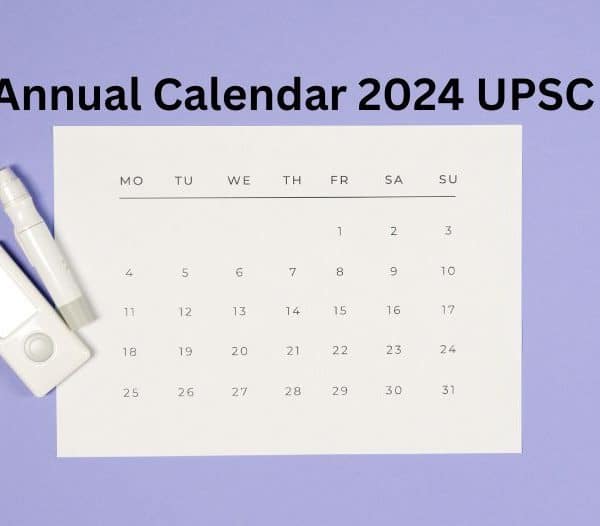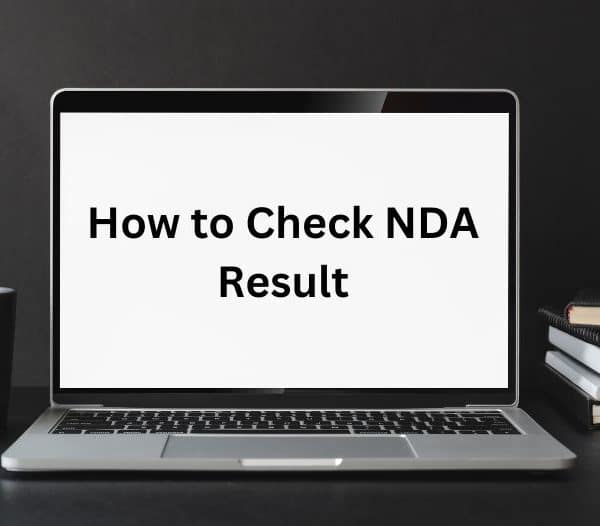The GS paper 1 of the UPSC Mains examination comprises the Geography questions. The questions asked are usually direct and require straightforward answers enriched with facts of the physical world around us. Every answer here must include the basic geographical facts and the current geographical changes.
Indian Ocean dipole questions are among the most frequently asked topics in UPSC mains examination. Questions asked are related to the basic concepts and characterisation of the Indian Ocean Dipole or the IOD.
Frequently Asked Indian Ocean Dipole UPSC Questions
The frequently asked UPSC Indian Ocean dipole questions are on the following concepts :
- Define Indian Ocean dipole and its impact on SW monsoon ( Southwest Monsoon)
- What is the Indian Ocean dipole, and what is its significance in the Indian Monsoon?
- Differences between positive IOD and negative IOD
- Relationship between IOD and El Nino and how do they affect each other?
- Role of positive IOD on average rainfall and role of negative IOD on drought
The candidate must attempt all the answers to every question related to IOD to secure better scores that can directly affect their UPSC ranks. It is better to start with the definition and mention all the essential concepts step by step to model an ideal UPSC examination question’s answer. Let us take a quick glance at the Indian Ocean dipole and the Indian Monsoon UPSC topics in this article.
What is Indian Ocean Dipole?
Irrespective of how the question is framed, if the question asked is related to the Indian Ocean Dipole, you should always start writing your answer with the description of the Indian Ocean Dipole. By definition, Indian Ocean Dipole or the IOD is an atmosphere-ocean coupled phenomenon in the tropical Indian Ocean, resulting in climate variability across the Indian Ocean. IOD is somewhat similar to the El Nino in the tropical Pacific.
Basic Characteristics of IOD:
- IOD is also known as the sea surface temperature difference between the eastern pole (closer to the Bay of Bengal) and the western pole (closer to the Arabian sea) of the Indian Ocean.
- This temperature difference causes pressure differences, which leads to the flow of winds between the eastern and western parts of the Indian Ocean.
- The development of IOD takes place in the equatorial region of the Indian Ocean from April to May and reaches its peak in October.
- IOD is categorised as the ‘positive IOD’ and the ‘negative IOD’. There is also a third type called the neutral IOD.
- Positive IOD is considered beneficial for the Monsoon. It is characterised by cooler than normal sea-surface temperatures in the eastern equatorial Indian Ocean and warmer than normal sea-surface temperatures in the western tropical Indian Ocean.
- During the ‘negative IOD’ the eastern equatorial Indian Ocean experiences warmer than average temperature and the western tropical Indian Ocean has lower than average temperature.
How does it Affect the Southwest Monsoon?
The following points will give you a clear understanding of the frequently asked questions from the Indian Ocean dipole and Indian Monsoon UPSC topic.
- The El Nino Southern Oscillation or the ENSO more effectively explained the droughts of India. Still, in recent decades, it has been found that the EL Nino- Monsoon relationship is not that effective in the Indian subcontinent.
- The reasons are various incidents where strong ENSO failed to show any effect on the Indian droughts. For example, in 1997, ENSO could not produce drought in India despite being strong in nature.
- It was later found that ENSO was limited to being an event in the Pacific Ocean. The Indian Ocean experiences a different kind of ocean-atmosphere system called the Indian Ocean Dipole or the IOD.
- However, there is still a lack of solid evidence that the IOD influences the Indian summer monsoon rainfall.
Few more Point to Understand in Detail
- It has also been proved that the Positive IOD presence shows more than average rainfall over central India.
- In 1983, 1994 and 1997, the positive IOD led to increased monsoon rains, which were supposed to be increased by the ENSO.
- More recently, it was proved that the two poles of IOD, the eastern pole in Indonesia and the western pole around the African coast were independently affecting the Indian monsoon.
- A negative IOD complements the EL Nino causing droughts in the Indian subcontinent. The positive IOD, on the other hand, leads to cyclones in the Arabian Sea.
- Negative IOD results in the formation of stronger Tropical Cyclones in the Bay of Bengal, the time when cyclones are suppressed in the no Arabian Sea.
Conclusion
Hence, in conclusion, we can say that the IOD influences the Indian monsoon rainfall so that the positive IOD causes more significant monsoon rainfall in the monsoon days while the negative IOD causes less rain suppressing the monsoon. For more detailed GS answer writing topics, keep reading our blogs at UPSC Pathshala. At UPSC Pathshala, we provide UPSC experts as personal mentors who solve doubts, keep track of your progress and help you improve on the problematic areas. Visit UPSC pathshala to know all about our demo class and other UPSC blogs.






